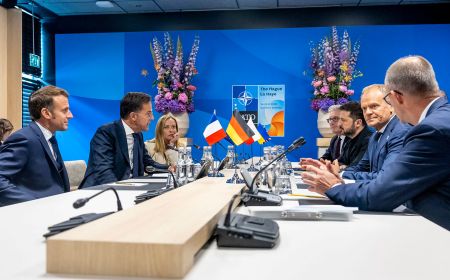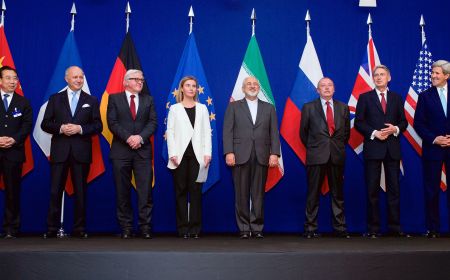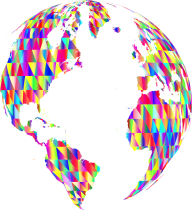Strafrecht gegen Radikalisierung – Der Schutz des öffentlichen Friedens in den „Dark Socials“
Wenn beispielsweise hetzerische Äußerungen in Messenger-Gruppen getätigt werden, wird das Strafrecht als Instrument zur Bekämpfung von Radikalisierung in Stellung gebracht – konkret durch Straftatbestände, die den öffentlichen Frieden schützen, wie etwa die Volksverhetzung (§ 130 StGB). Sie können als Spielregeln eines demokratischen Diskurses der Verbreitung extremistischen Gedankenguts…











